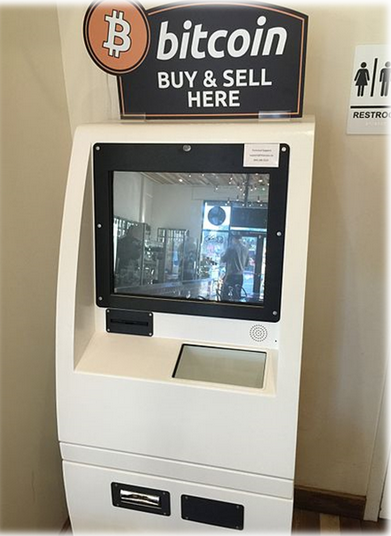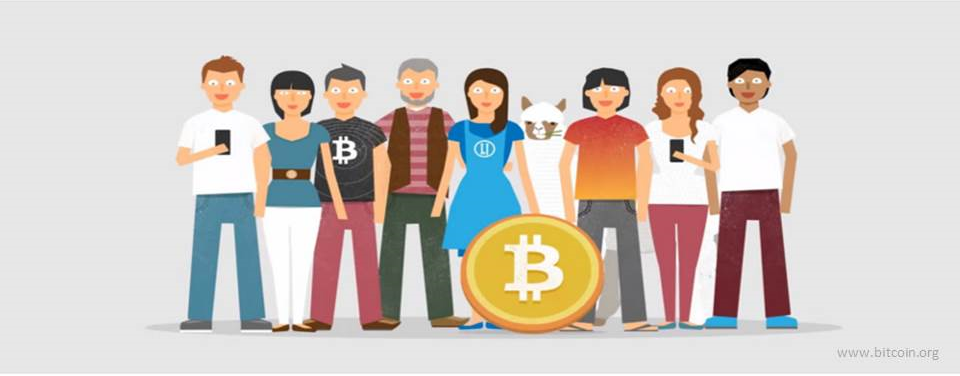The “Blockchain” is the technology supporting Bitcoin, the infamous cryptocurrency known for being the first widely used and reportedly used in some criminal activities. Blockchain is also the technology underlying Ethereum, which is also a means to implement smart contracts. There is an increasing interest around Blockchain because it promises disruptive changes in banking, insurance and other sectors narrowly involved in everyday life. In this blog entry, I will try to explain what is Blockchain and how it works. In the next entry, I will present some uses in the energy sector.
Blockchain is an account book, a ledger. It contains the transaction records made between two parties, like “On April 3, John sold 3 potatoes kilos to Anthony and paid 1.05 Euro”. The way Blockchain works avoid any malicious change in the records. This feature is not granted by a supervisor, but is a consequence of the consensus reached by all peers participating in the Blockchain. This has consequences of paramount importance. For instance, when Blockchain is used to implement a payment system, like Bitcoin, it is not needed a bank supervising and facilitating the transaction anymore. Even it would not be necessary to have a currency as we currently have.
The blockchain is a decentralised application running on a peer-to-peer protocol, like the well-known BitTorrent, which implies all the nodes in the Blockchain have connections among them. The ledger is stored in all the nodes, so every node stores a complete copy of it. The last component is a decentralised verification mechanism.

The verification mechanism is the most important part because it is in charge of assuring the integrity of the ledger. It is based on consensus among nodes and there are several ways to implement it. The most popular ones are the proof-of-work and the proof-of-stake.
The proof-of-work is the most common verification mechanism. It is based on solving a problem that requires certain amount of computing effort. In a nutshell, the problem is to find out a code called hash using the block content (a block is a set of recent ledger inputs). The hash is unique for a given block, and two different blocks will always have different hashes. The majority of the nodes must agree in the hash value, and if some of them find a different hash, i.e. if there is no consensus, the transactions in the block are rejected.
Applications based on Blockchain can be classified into three different categories according to their development status. Blockchain 1.0 are the virtual cryptocurrencies like Bitcoin and Ether. Blockchain 2.0 are the smart contracts. A smart contract is a contract with the ability to execute by itself the agreements contained in it. This is done with no need for a supervisor who verifies the contract compliance. Finally, Blockchain 3.0 develops smart contract concept further to create decentralised autonomous organisational units that rely on their own laws and operate with a high degree of autonomy.
In my next post I will present some smart contract applications in the field of energy delivery.
- The 28A blackout and the lessons to be learned about the energy transition - 23 May 2025
- We ran out of light - 5 April 2024
- Uncertainties in electricity supply - 15 December 2023
